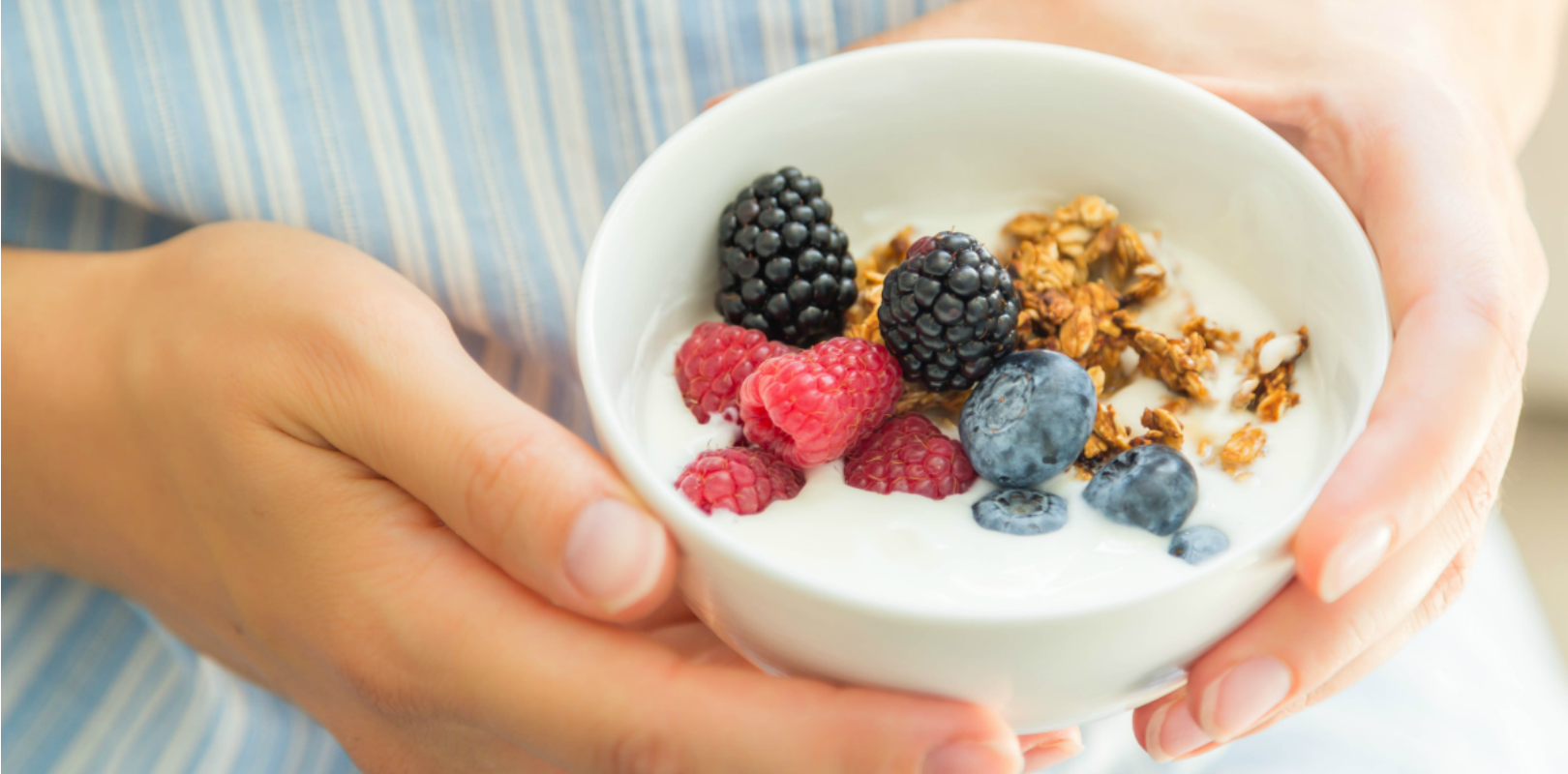According to an economic model, applied in the UK, increasing yogurt consumption in the adult population by 100g per day could lead to significant patient benefits through reduction of type 2 diabetes, and substantial cost savings in health care expenditure.
By 2040, 1 adult in 10 (642 million) will have diabetes worldwide and 12% of global health expenditure is spent on diabetes. In the UK, Type 2 diabetes (T2D) accounts for approximately 10% of the total UK National Health Service (NHS) resource expenditure and this figure has been predicted to increase to 17% by 2035/2036! But there is some good news… According to the Chen study, the promotion of yogurt consumption could, in the long term, contribute to a reduction in the prevalence of T2D. Then again, yogurt could be an easy, accessible and cost-effective intervention in such a context. The results of this study seem to support this hypothesis.
One yogurt per day may reduce T2D risk
The purpose of this study was to model the possible reductions in prevalence of T2D and its associated health costs; achievable through increasing yogurt consumption in UK adults from the current mean of 20g/d to 125g/d (125 g is equivalent to one pot daily). The simulation focused on adults over 25 years of age. Their model predicts that this shifting of yogurt consumption would reduce the number of T2D cases by 0.9% which represents 388,000 fewer people in 25 years.
Savings of £2.3 billion over 25 years in the UK
The model also estimated that substantial economic savings to the UK could be achieved on National Healthcare Service: approximately £2.3 billion over 25 years, related to the direct costs and indirect costs of caring T2D. Moreover, a significant gain in quality of life might be achieved: 275,000 QALY’s (quality-adjusted life years*) gained over the general population. If these QALYs were valued at £20,000/QALY as is usually applied by NICE in the UK for approval of therapies, then the NHS should be prepared to pay £5,500m over 25 years for an intervention that would generate the same number of QALYs.
This study highlighted the potential of simple changes in daily habits, like increasing daily yogurt consumption, and how it could generate substantial cost savings, as well as significant health benefit through reductions in the incidence of T2D.
* Quality adjusted life year (QALY): A year of life adjusted for its quality or its value. A year in perfect health is considered equal to 1.0 QALY. The value of a year in ill health would be discounted. For example, a year bedridden might have a value equal to 0.5 QALY. (WIKIPEDIA)



